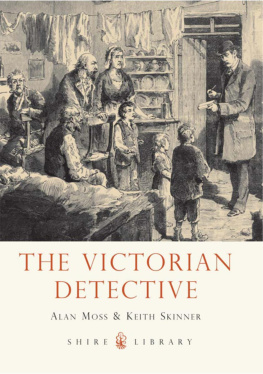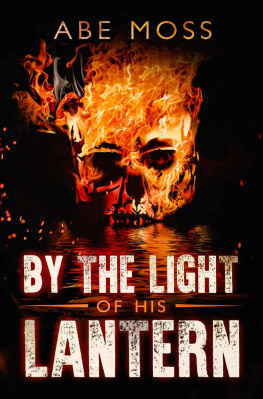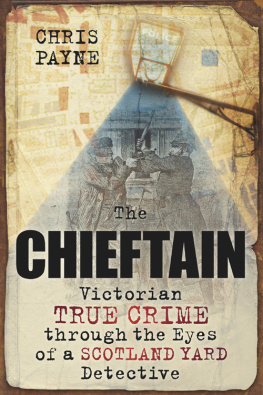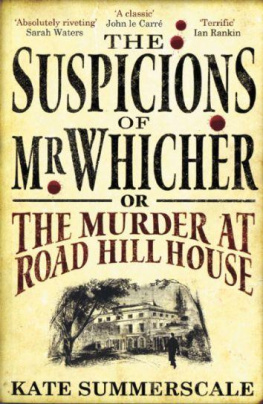Alan Moss - The Victorian Detective
Here you can read online Alan Moss - The Victorian Detective full text of the book (entire story) in english for free. Download pdf and epub, get meaning, cover and reviews about this ebook. year: 2019, genre: Detective and thriller. Description of the work, (preface) as well as reviews are available. Best literature library LitArk.com created for fans of good reading and offers a wide selection of genres:
Romance novel
Science fiction
Adventure
Detective
Science
History
Home and family
Prose
Art
Politics
Computer
Non-fiction
Religion
Business
Children
Humor
Choose a favorite category and find really read worthwhile books. Enjoy immersion in the world of imagination, feel the emotions of the characters or learn something new for yourself, make an fascinating discovery.
- Book:The Victorian Detective
- Author:
- Genre:
- Year:2019
- Rating:5 / 5
- Favourites:Add to favourites
- Your mark:
- 100
- 1
- 2
- 3
- 4
- 5
The Victorian Detective: summary, description and annotation
We offer to read an annotation, description, summary or preface (depends on what the author of the book "The Victorian Detective" wrote himself). If you haven't found the necessary information about the book — write in the comments, we will try to find it.
The Victorian Detective — read online for free the complete book (whole text) full work
Below is the text of the book, divided by pages. System saving the place of the last page read, allows you to conveniently read the book "The Victorian Detective" online for free, without having to search again every time where you left off. Put a bookmark, and you can go to the page where you finished reading at any time.
Font size:
Interval:
Bookmark:
Alan Moss & Keith Skinner


SHIRE PUBLICATIONS
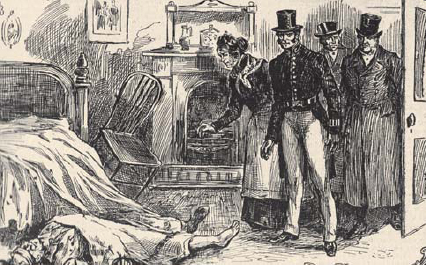
W HEN Victoria became queen in 1837, she was the first monarch whose coronation took place with an organised police force in existence to keep the crowds in order. The Metropolitan Police had been established eight years earlier, in 1829, by the Home Secretary of the time, Sir Robert Peel, with its headquarters at Great Scotland Yard. It consisted entirely of uniformed officers: there were no detectives. The concept of a distinct squad of plain-clothes officers, dedicated to solving crime, had simply not been considered in Sir Robert Peels plan for the new police. By the time of Victorias death in 1901, the Fingerprint Bureau had been introduced to Scotland Yard, there was a test to detect whether blood found at a crime scene was human or not, and a Criminal Investigation Department was on the cusp of entering the most famous period in its history. So Victorias reign saw many fascinating developments in the way the police service was organised and how detectives investigated crime.
In the first decade of the new police a small group of eight officers at Bow Street continued their role of investigating various complaints of crime that were made to magistrates, usually by well-to-do householders. The officers also traced fugitives and executed the arrest warrants issued by the court. In many cases their enquiries involved mixing with the associates of the criminals and negotiating the return of the property in return for a reward, paid for by the victim, rather than conducting a formal prosecution. Meanwhile, in the City of London, two brothers, John and Daniel Forrester, were employed from Mansion House Justice Rooms (from 1817 and 1821 respectively) and became famous detectives, particularly for their work in detecting crimes against banks.
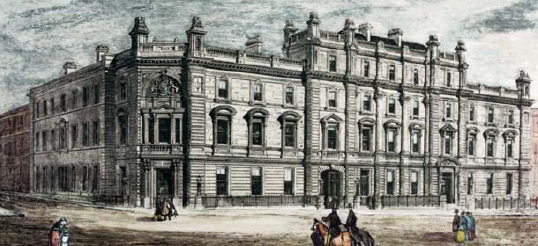
Bow Street Court and Police Station, 1880. The new building at numbers 278 replaced a police station at numbers 334 and the old court house opposite, at number 4.

John Francis shoots at Queen Victoria in 1842, after having been seen with a gun in the same place the day before. This case provided part of the argument for specialist detectives to be introduced by Scotland Yard.
When Victoria had been queen for five years, she was shot at by a man named John Francis. This incident, together with press criticism of the lack of specialist investigators, led to the formation of the Detective Branch in 1842. Soon, detectives from Scotland Yard were being called in to investigate difficult cases that forces outside London were unable to solve.
Political crimes and terrorism caused problems in the late Victorian period, with substantial threats to the celebration of Victorias Diamond Jubilee from Irish nationalists who had started to use dynamite.
Some of the most demanding crime investigations for police in any period are those following attacks on prostitutes by strangers, where the twilight world of anonymous sexual transactions makes the murder victims peculiarly vulnerable. In the terrible social conditions of East London in 18889 the grisly Whitechapel Murders, accompanied by taunting letters from Jack the Ripper, put enormous strain on the police and caused both fear and morbid fascination that still resonate in books and television programmes today.
T HE FIRST POLICE OFFICE at Bow Street was at number four, the house of Colonel Thomas De Veil, who made his name from 1739 as the first notably honest magistrate in London. His successors included the novelist Henry Fielding and his blind half-brother, Sir John. Bow Street persuaded the government to fund various initiatives to reduce Londons crime problems, including a small group of permanent officers (also known as Bow Street Runners) to enforce the courts warrants. Later, uniformed foot and horse patrols were introduced, the mounted officers having bases around the outskirts of London to combat highwaymen. Information about crimes and criminals is the lifeblood of detective work, and it was from Bow Street that the Weekly or Extraordinary Pursuit (later the Police Gazette) was first published. It was not until 1883 that Scotland Yard undertook responsibility for it.
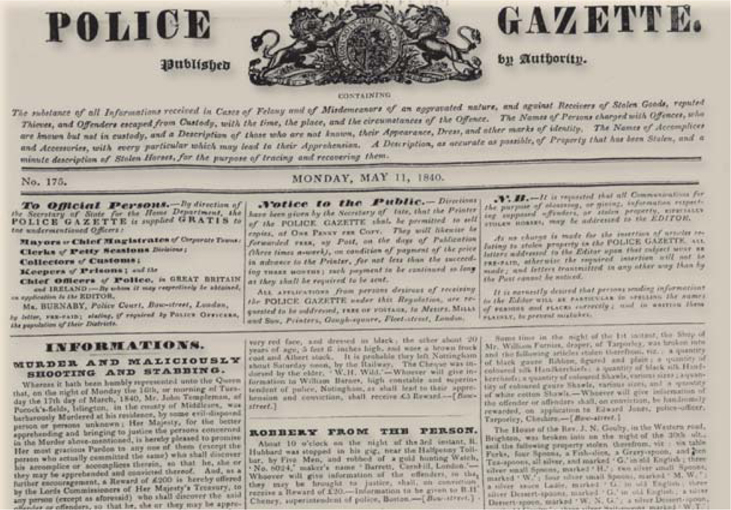
The Police Gazette was originally published by Bow Street Court before being taken over by the Metropolitan Police in 1883. This edition offered a reward in the case of the murder of John Templeman (see ).
Bow Street officers were allowed to undertake private enquiry work for anyone who could afford to pay them. If a bank had been robbed, the usual rate would be a guinea per day plus 14s for living expenses, and a reward if the enquiry was successful. Royal occasions would require ladies to wear their best jewellery, and the level of crime was such that they were not safe in and around court, so two officers were paid 200 a year for additional work as court detectives. One officer, John Townsend, gradually spent more and more of his time at the royal court and, as the years progressed, became less adept at the cases his younger colleagues were undertaking. In October 1827 he happened to be at Bow Street when the Chief Magistrate, Sir Richard Birnie, had just granted a warrant against a Mr Summerfield, who had challenged a clerk named McDiarmid to a duel. Sir Richard pulled Townsends leg by instructing him to execute the warrant, only to be met by an anguished plea by Townsend that he should not be degraded after forty-six years service by having to arrest a mere baker when he had been used to the honour of taking [arresting] Earls, Marquises and Dukes. Townsend had probably been indulged by members of the aristocracy and the magistrates for many years, and died a wealthy man.
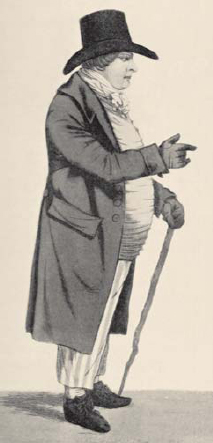
John Townsend, a Bow Street officer who was paid extra for duties at the royal court.
One of Townsends colleagues, Henry Goddard, had been a fishmonger working in Drury Lane, but was recommended, at the age of twenty-four, for the Bow Street foot patrol by the Earl of Stradbroke and Lord Eastnor. Two years later, in 1826, he transferred to plain-clothes duties at Great Marlborough Street Court, and then moved back to Bow Street in 1834, becoming one of the best-paid detectives of his day. He later became the Chief Constable of Northampton and then a principal doorkeeper at the House of Lords. At one stage, he appears to have had an arrangement with the Forrester brothers in the City of London, who would delegate some of their investigations. By 1857, when the City of London Police introduced their own detectives, the Forrester brothers earned about 500 a year, 150 of which was their official salary. They evidently had a substantial workload and would subcontract some of it to third parties such as Goddard.
Font size:
Interval:
Bookmark:
Similar books «The Victorian Detective»
Look at similar books to The Victorian Detective. We have selected literature similar in name and meaning in the hope of providing readers with more options to find new, interesting, not yet read works.
Discussion, reviews of the book The Victorian Detective and just readers' own opinions. Leave your comments, write what you think about the work, its meaning or the main characters. Specify what exactly you liked and what you didn't like, and why you think so.

